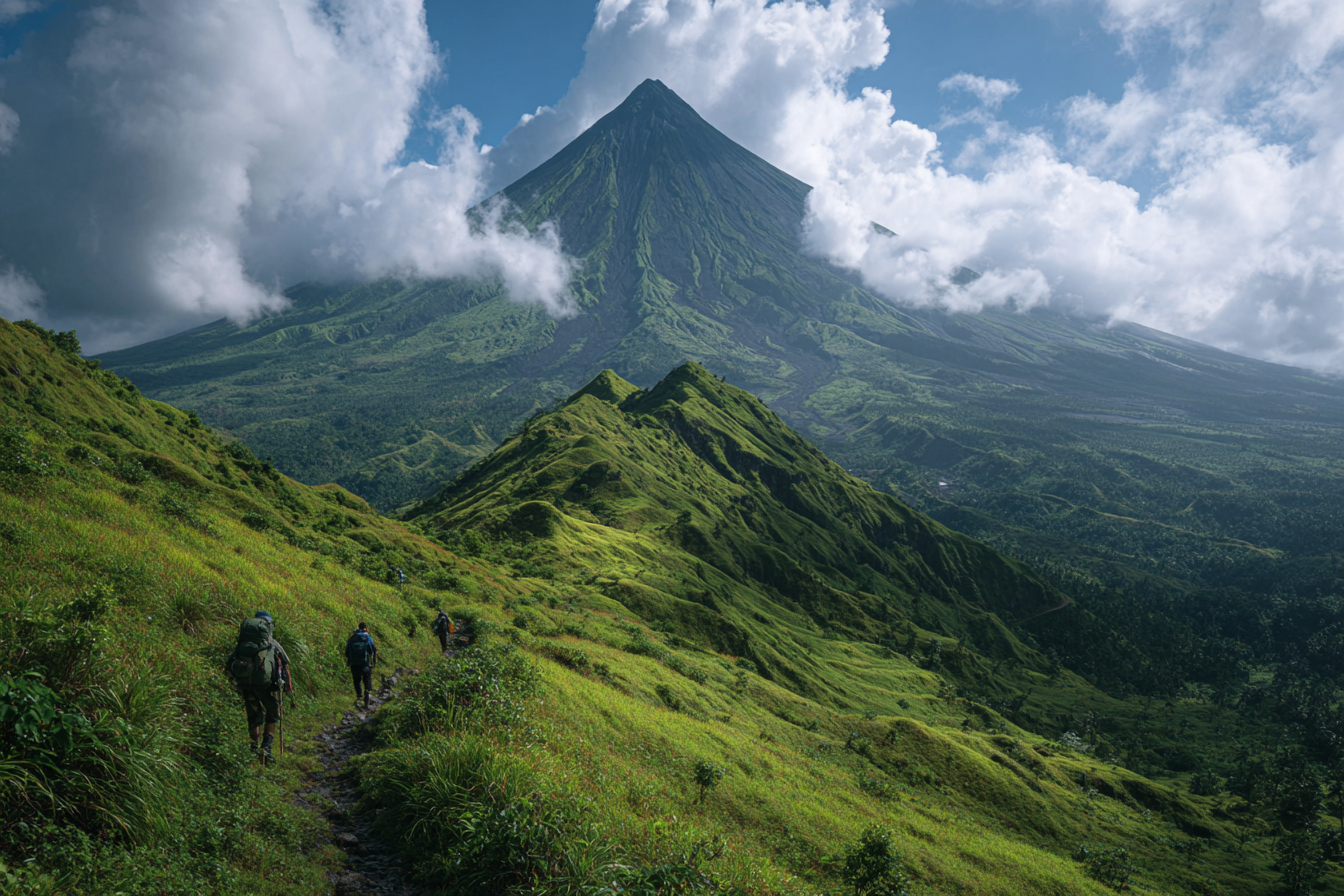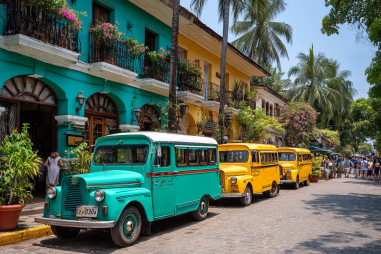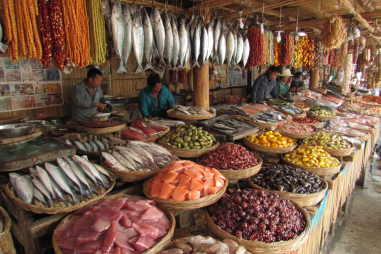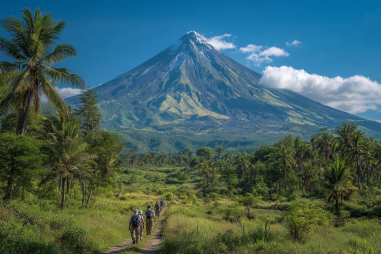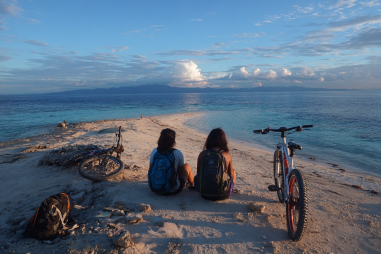Mount Mayon, with its iconic perfectly symmetrical cone, stands as one of the Philippines’ most breathtaking natural wonders. For adventure seekers and nature lovers alike, hiking its trails offers an unforgettable experience that combines physical challenge with the chance to witness stunning landscapes. Whether you’re an experienced mountaineer or a casual trekker, Mount Mayon’s hiking trails provide a variety of routes to explore, each delivering unique views and thrilling adventures. Let’s dive into what makes hiking around Mount Mayon a must-have experience and how to best prepare for it.
Overview of Mount Mayon’s Hiking Opportunities
Mount Mayon is an active stratovolcano located in the province of Albay, Bicol Region. It’s renowned worldwide for its near-perfect cone shape and is a popular destination for trekking enthusiasts. Hiking around Mayon offers routes that vary in difficulty, from accessible trails suitable for beginners to more challenging climbs for seasoned hikers. The volcano’s landscape is dotted with lush rainforests, lava flows, and verdant foothills, making every hike an immersive experience in nature.
The trails don’t just lead to the summit but also to other scenic points where hikers can enjoy panoramic views of the surrounding provinces and the Pacific Ocean beyond. Along the way, visitors encounter diverse wildlife and plant species, offering a glimpse into the rich biodiversity of the region.
Popular Trails with Difficulty Ratings
When planning a hike on Mount Mayon, it helps to know the popular trails and their difficulty levels to choose one that suits your fitness and experience.
1. The Weather Station Trail (Moderate)
One of the most frequented routes, the Weather Station Trail, leads hikers to the Mayon Volcano Observatory. It’s about 7 kilometers one way and generally takes 3 to 5 hours to climb. The trail offers a moderate challenge with some steep sections but rewards climbers with spectacular views of the volcano’s slopes and the surrounding forest.
2. Summit Trail (Difficult)
For adventurous and physically fit hikers, the Summit Trail is the ultimate challenge. This trail demands a high level of endurance as hikers ascend to the volcano’s 2,462-meter peak. The terrain can be rocky and steep, especially near the summit, and the weather conditions may change rapidly. Reaching the top offers breathtaking 360-degree views, but requires a guide and proper preparation due to the inherent risks of hiking an active volcano.
3. Lava Flow Trail (Easy to Moderate)
This trail is ideal for beginners or those looking for a more relaxed hike. It traverses parts of the mountain’s recent lava flow areas and showcases intriguing volcanic landscapes. The terrain is generally easier compared to the Summit Trail, making it a favorite for families and casual hikers.
What to Bring and Prepare for Hikes
Preparing for a hike on Mount Mayon requires thoughtful packing and planning to ensure safety and enjoyment. Here’s a checklist of essentials to bring along:
- Proper footwear: Sturdy hiking boots with good grip are a must to tackle rocky and uneven terrain.
- Clothing: Lightweight, breathable layers, including a waterproof jacket as weather can be unpredictable.
- Water and snacks: Bring sufficient water to stay hydrated and energy-packed snacks to keep your stamina up.
- Navigation tools: Maps, a compass, or a GPS device help prevent getting lost, especially on less marked trails.
- Safety gear: A first aid kit, headlamp or flashlight, and a whistle for emergencies.
- Sun protection: Hat, sunglasses, and sunscreen to protect against UV rays.
- Camera or smartphone: To capture the incredible scenery along the way.
Beyond gear, ensure your physical condition aligns with the hike’s difficulty. Warm up before starting and take breaks as needed.
Safety Guidelines and Restrictions
As an active volcano, Mount Mayon is subject to safety measures imposed by the Philippine Institute of Volcanology and Seismology (PHIVOLCS). It’s crucial that hikers respect all warnings and regulations during their visit:
- Check current volcanic activity status before hiking. Mayon can be closed to the public during periods of heightened volcanic activity.
- Hike only on designated trails to minimize environmental impact and avoid hazardous areas.
- Follow all instructions given by local authorities, park rangers, and guides.
- Travel in groups, especially on challenging trails, and avoid hiking after dark.
- Do not disturb wildlife or pick plants along the trails.
These guidelines help ensure your safety and preserve the natural beauty of Mount Mayon for future visitors.
Guided Tours vs. Solo Hiking
Choosing between a guided tour and hiking solo depends on your experience, preference, and the trail you intend to take. Guided tours offer several advantages:
- Local guides provide valuable knowledge about the mountain’s history, geology, and ecology.
- They enhance safety with their expertise and familiarity with the terrain.
- Guides can help navigate challenging paths and arrange necessary permits.
Solo hiking, on the other hand, allows for more freedom and solitude but requires thorough preparation and self-reliance. Beginners or those unfamiliar with the area are generally encouraged to join guided groups, especially for difficult routes like the summit trail.
Wildlife and Vegetation Along the Trails
Mount Mayon’s hiking trails traverse diverse ecosystems that are home to rich wildlife and plant species. The lower slopes are covered with lush forests hosting various birds, including kingfishers, doves, and the Philippine hawk-eagle. You might also spot small mammals like civets and monitor lizards along the trails.
The vegetation changes with altitude — from tropical lowland forests filled with towering hardwoods and bamboo to mossy montane forests higher up. Wild orchids, ferns, and endemic plant species flourish in these habitats, providing nature enthusiasts with plenty to observe and appreciate.
Best Seasons for Hiking
Timing your hike is essential to have a safe and enjoyable experience on Mount Mayon. The dry season, from December to May, is widely considered the best period for hiking due to more stable weather and reduced rainfall. During these months, trails are generally drier and less slippery, making climbing safer.
Avoid the rainy season, typically from June to November, as heavy rains can lead to muddy trails, landslides, and flash floods. This season also increases the risk of sudden weather changes which can compromise safety during a hike.
Nearby Facilities and Accommodations
For those planning to explore Mount Mayon, nearby towns such as Legazpi City and Daraga offer a range of accommodations from budget hostels to upscale resorts. Many guesthouses also provide packages that include guided hikes and transportation.
Facilities near the trailheads include parking areas, information centers, and small eateries where you can fuel up before and after your hike. It’s advisable to stay in these towns where you can access supplies, reliable guides, and emergency services if needed.
Additionally, local tourism offices can provide updated trail conditions, safety alerts, and help arrange permits required for hiking in protected volcanic zones.
Enjoying Mount Mayon’s Trails Responsibly
Exploring Mount Mayon’s hiking trails is a rewarding adventure that immerses you in stunning nature and challenges your physical limits. To keep this majestic volcano safe and pristine, it’s vital to hike responsibly. Follow safety guidelines, respect wildlife, keep the trails clean by not littering, and stay informed about volcanic activity. Whether ascending the summit or wandering the surrounding forested paths, your care and respect will help preserve Mount Mayon as a natural treasure for years to come.

